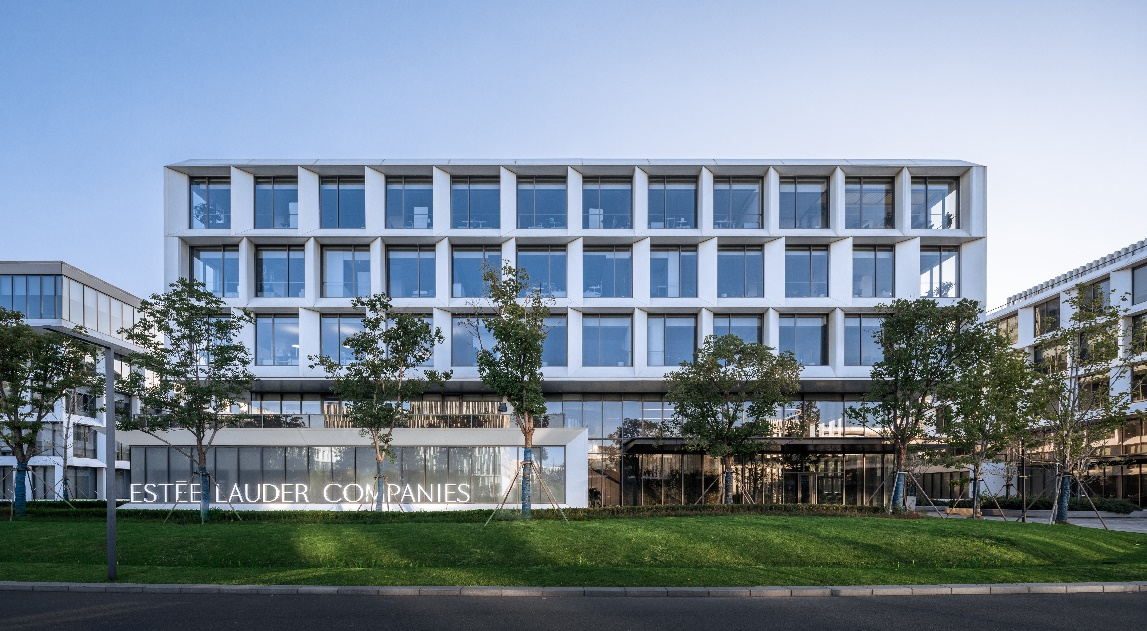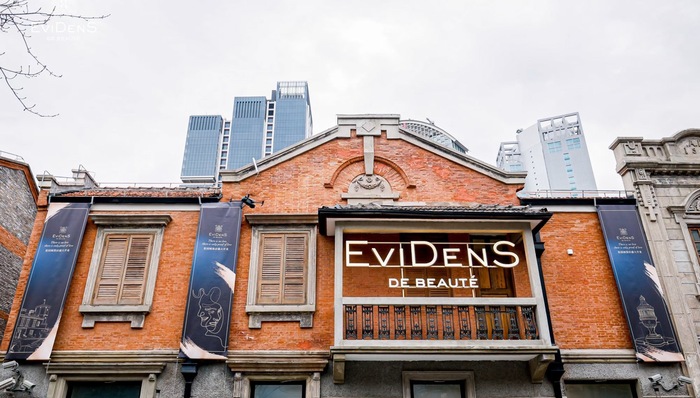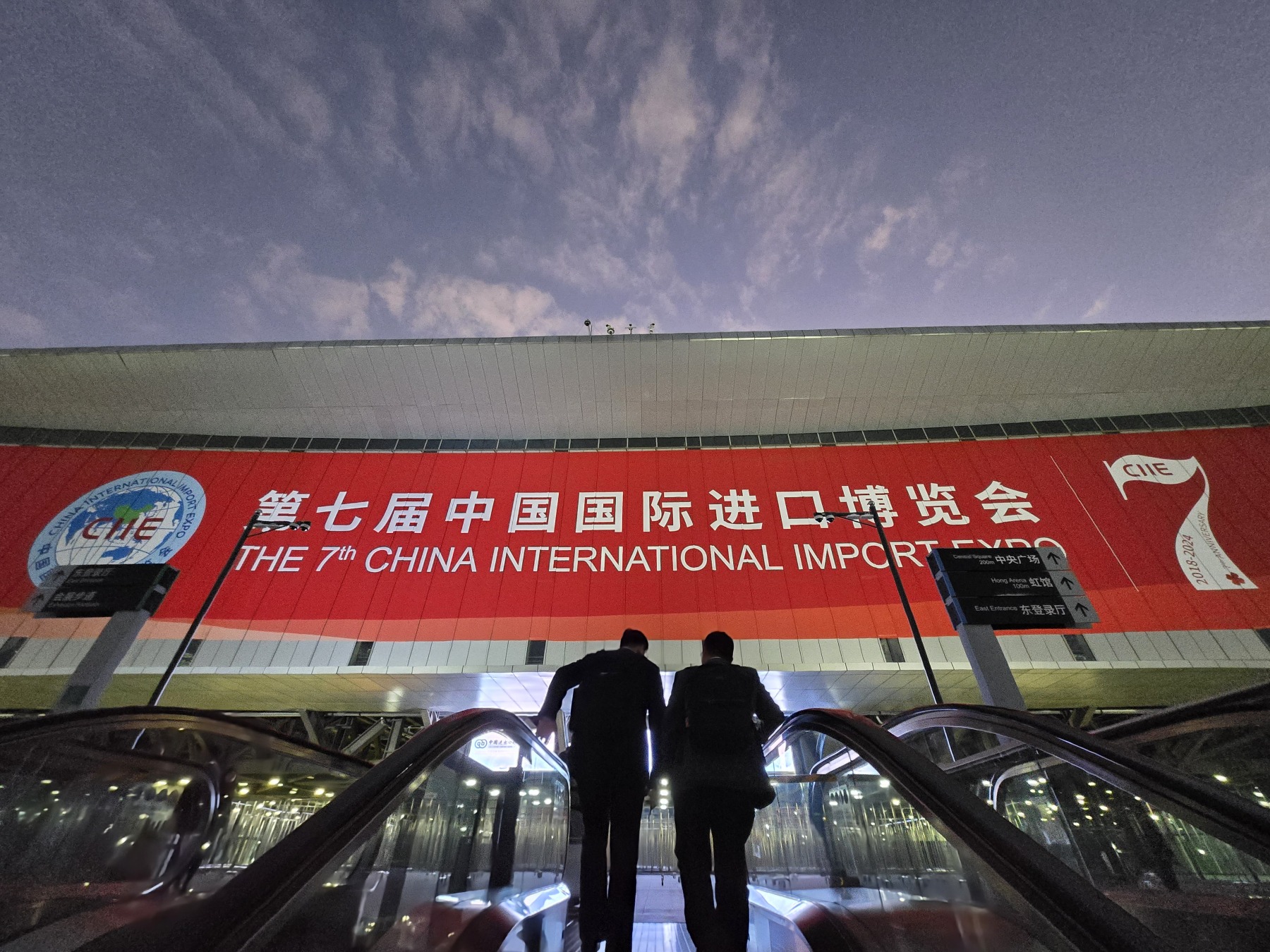On May 1, Estée Lauder Group released its fiscal 2024 third-quarter results for the period ending March 31, 2024. During the subsequent analyst conference call, the company’s President and CEO, Fabrizio Freda, shared exciting news: “Estée Lauder’s China Innovation Research and Development Center is about to launch its first product.” Particularly encouraging is that this product is specifically designed to meet the needs of the local market.
Opened in Shanghai in December 2022, Estée Lauder’s China Innovation R&D Center has become a driving force for innovation in the Chinese market, not only for Estée Lauder Group but for the entire beauty industry. As Freda noted during the call, “Although the Chinese high-end beauty market faces challenges, Chinese consumers are increasingly valuing the consumption experience and maintaining a strong demand for high-quality beauty products. Therefore, we are confident in the group’s long-term development in China and will further invest in innovation, accelerate market response, and continue to bring high-end beauty products and services that exceed expectations to Chinese consumers, with the China Innovation R&D Center as the engine.”
This article from Luxeplace.com summarizes three main highlights from the financial report and conference call, presenting the current status and latest development plans of Estée Lauder Group in the Chinese market:
- La Mer and Estée Lauder Lead, Skincare Category Shows Significant Growth
- Three Key Drivers to Overcome Market Softness in the Long Term in the Chinese Market
- Profit Recovery Plan (PRP) Showing Initial Success

La Mer and Estée Lauder Lead, Skincare Category Shows Significant Growth
In the third quarter, driven by performance growth in all regions, particularly strong performance in the Asian travel retail channel and in the Chinese Mainland and Hong Kong, net sales in the skincare category organically grew by 9%, leading other categories. Accelerated development in the skincare business resulted in earnings per share of $0.97 for the quarter, exceeding expectations.
Regarding specific brands, Freda pointed out, “Thanks to strong marketing of star products, new product innovations, and in-store activation strategies, the La Mer and Estée Lauder brands drove the growth of the skincare business.”

Among them, La Mer’s new Ageless Concentrate, along with other iconic hero products, made it the largest contributor to the company’s growth this quarter. La Mer achieved double-digit strong growth in net sales globally, driven by double-digit growth in Europe, the Middle East, Africa, and the Asia-Pacific region.
In the Chinese Mainland, Estée Lauder launched groundbreaking innovative products, with the Platinum Infusion Black Diamond Brilliant Cream receiving a good market response and driving category growth. Notably, “One of the new products for the fourth quarter, the Estée Lauder Perfectionist Pro series, is particularly exciting as it is one of the first products developed by our China Innovation R&D Lab, meeting the local market’s demand for high SPF 50+ UV protection, suitable for sensitive skin and post-procedure use.”
This news fulfills the initiative Freda revealed during the first-quarter earnings call: “We will launch new products developed by the China team specifically for Chinese consumers in the fourth quarter as part of accelerated innovation efforts.”
Additionally, increased skincare business revenue mainly reflects the growth in net sales and reduced scrap costs compared to the same period last year, thanks to inventory reduction, indicating progress in reducing excess inventory.
Three Key Drivers to Overcome Market Softness in the Long Term in the Chinese Market
Despite challenges in the high-end beauty market environment, Estée Lauder Group achieved organic sales growth in the Chinese Mainland market in the third quarter. High-end beauty retail performance was strong in January. Thereafter, due to the overlap of the Spring Festival and Valentine’s Day, holiday gift demand decreased, resulting in a slowdown in February and March.
The group acknowledged that the overall ongoing softness in the high-end beauty market in the Chinese Mainland is expected to continue to pressure net sales.
In response, Freda identified three key drivers for overcoming market softness in the future during the call.
First, skincare. Post-pandemic, consumers focus more on experiences than physical goods. In their consumption mix, activities such as travel and dining make up a significant portion, which will become more balanced over time. This fiscal year, we also invested in long-term growth opportunities for travel consumers, such as relocating our brands to the “Global Beauty Plaza” in cdf Sanya International Duty-Free City Zone C. The new store offers a larger, more elegant space with expanded interactive services and experiences, such as the new Estée Lauder Re-Nutriv Longevity Science Lab and the exclusive La Mer facial treatment space.
Second, accelerating innovation. We invest in the China Innovation R&D Center and see the results of innovation. The first innovation result will be launched in the fourth quarter, and we will see its impact on specific Chinese consumers. Thus, part of driving innovation is the quantity and quality of innovation. Additionally, Estée Lauder Group plans to officially open a new fragrance studio in Paris this year, which will collaborate with the China Innovation R&D Center.
Third, promotions. The market’s promotional intensity was higher during the pandemic. Currently, the market structure remains somewhat chaotic, with reduced promotional intensity. Meanwhile, many retailers are raising prices in travel retail, impacting consumption in the short term, especially among the middle class in the Chinese Mainland. However, from a long-term perspective, this will further balance the market, aligning with our goals and mission. Therefore, it is a positive long-term trend. The market still needs promotions, which is why we are promoting them.
Freda stated, “Overall, I just want everyone to understand that despite short-term softness in the Chinese Mainland market, the overall trend of Chinese consumers is positive, and this trend is expected to accelerate in the future.”

The “Global Beauty Plaza” in cdf Sanya International Duty-Free City Zone C is the world’s first standalone commercial complex specializing in high-end beauty and fragrances.
Profit Recovery Plan (PRP) Showing Initial Success
Estée Lauder Group’s Profit Recovery Plan (PRP) aims to improve gross margin, reduce the cost base, decrease administrative expenses, and increase investment in consumer-facing marketing activities. Upon completion, the company expects improved gross margins and cost bases, providing greater operating leverage in the future.
This quarter, the plan has shown initial success:
First, significant progress in advancing the group’s strategy and bold innovation, empowering the North American market, achieving growth recovery in the Chinese Mainland, and injecting new momentum into other global markets.
Second, reducing stagnant inventory pressure and making progress in implementing pricing strategies. For the nine months ending March 31, 2024, net cash flow from operating activities was $1.47 billion, compared to $1.02 billion in the same period last year. This growth reflects reduced working capital, mainly due to improved inventory, but was partially offset by reduced pre-tax profit.
Third, the Profit Recovery Plan aims to achieve $1.1-1.4 billion in incremental operating profit for fiscal years 2025 and 2026. The group is fully prepared to reshape profitability. As part of this plan, Estée Lauder Group announced in February that it would cut 3% to 5% of its global workforce of 62,000 (about 1,800 to 3,100 people). These layoffs will involve completely eliminating some positions and retraining certain employees to redeploy them to other business areas. The layoffs will incur up to $700 million in restructuring costs, which, in the long term, are expected to improve profits and reduce administrative expenses.
Fourth, the cost savings achieved through this plan will be used to increase investment in brand building and consumer-facing marketing activities. This quarter, Estée Lauder Group strictly controlled spending in multiple areas and shifted some advertising spending to the fourth quarter.
In this regard, Estée Lauder Group Chief Financial Officer Tracey Thomas Travis explained that traditionally, Valentine’s Day is an important gifting holiday for Chinese consumers, and the Chinese team made significant efforts for it. However, this year, because the Spring Festival coincided with Valentine’s Day, there was no usual increase. Therefore, the Chinese team decided to shift some advertising to the fourth quarter to support upcoming holidays, such as the May Day Golden Week and the 618 Shopping Festival.

| Source: Estée Lauder Group Conference Call Records
| Image Credit: Estée Lauder Group Official Website
| Editor: LeZhi



